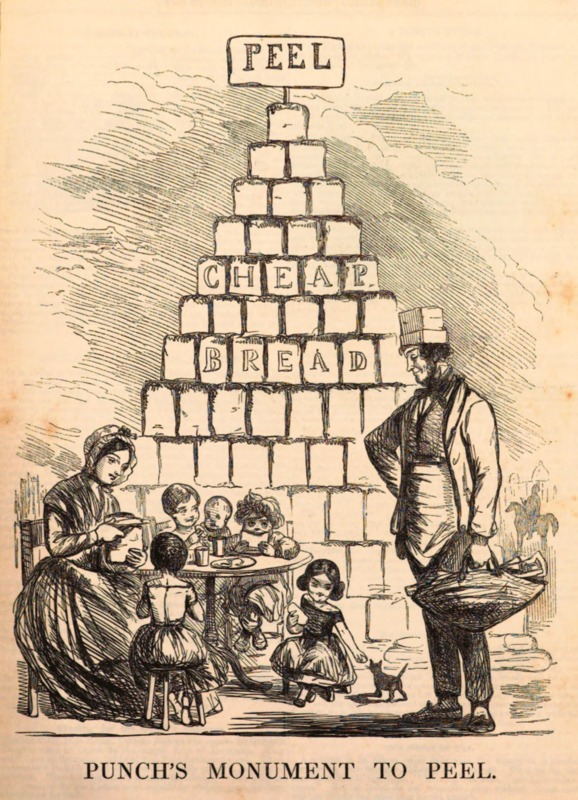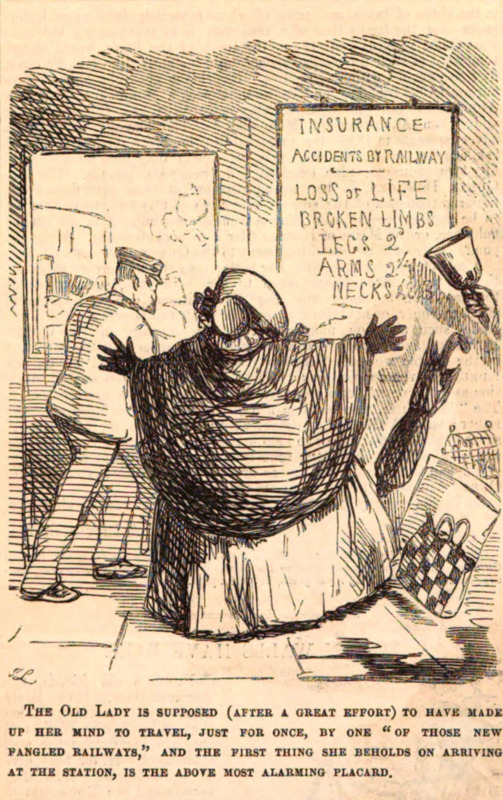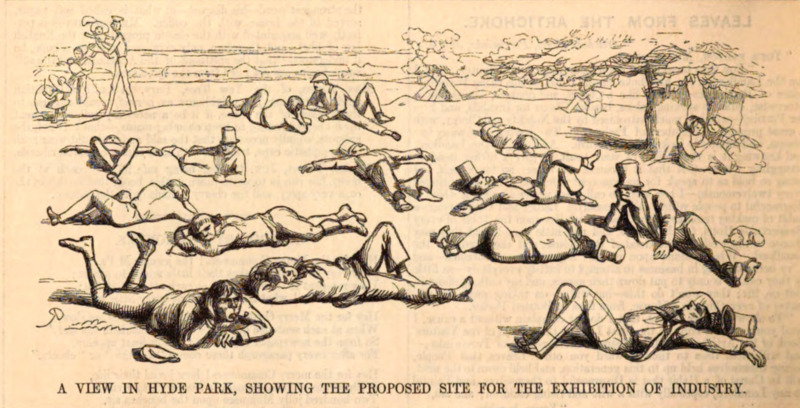1850: Britain as a Beacon of Progress
Marking the symbolic end of the Industrial Revolution and the beginning of the Golden Age, the Punch publications of 1850 focused largely on the progress and bright future of Britain. In the previous decade, the nation had experienced the royal wedding of Victoria and Albert (1840), a host of additions to the law (such as the Factory Act of 1844, the Ten Hours’ Factory Act of 1847, and the Public Health Act of 1848), and the release of several popular pieces of fiction (Charles Dickens’ “A Christmas Carol,” Charlotte Brontë’s “Jane Eyre,” and Anne Brontë’s “Wuthering Heights,” to name a few).
The 1850 Public Libraries Act made print media more accessible than ever before, and Punch itself was experiencing increasing success, too: a year after its birth in 1841, it had already earned the support of well-respected printers and popularity amongst middle-class Londoners. The periodical’s cultural relevance would only continue to grow throughout the following decade and in subsequent years.


